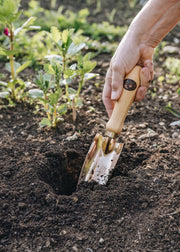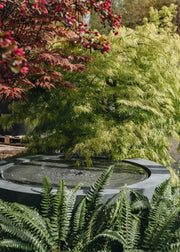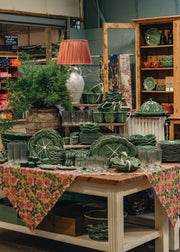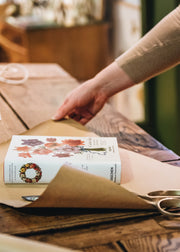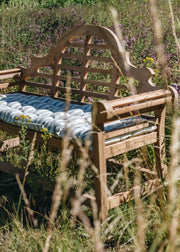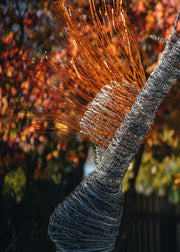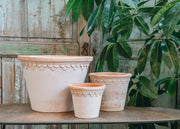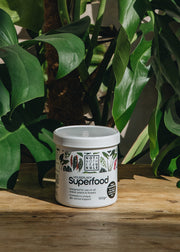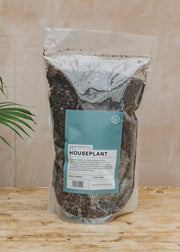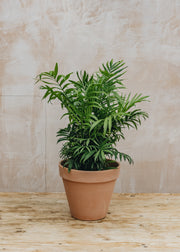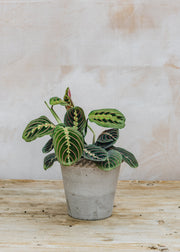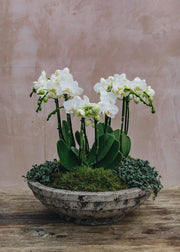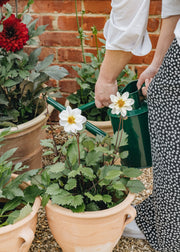Caring For Houseplants: A Beginner's Guide
When evolving your home into an indoor jungle, it is a good idea to get an understanding of your plants’ needs. Our houseplants would naturally flourish outside in the wild, often in a tropical environment, so to ensure the best growth and health it is recommended that we do as much as we can to replicate these ideal conditions indoors.


This introductory guide will provide any curious beginner with the basics to get you started. For further care tips on specific genus and hybrids of houseplants, we suggest referring to our guide on our houseplant care books, where more particular instructions can be found.
Different varieties of houseplants need different requirements of light. For houseplants that can tolerate full sun and bright light, they will thrive best being placed near south-facing windows (taking care to ensure leaves do not get scorched by intense light). For those requiring partial shade or moderate light, spots near east and west-facing windows are favoured, and for low light plants, north-facing windows are ideal.
One of the most common errors committed by houseplant lovers is watering too often. As a general rule, only water your plant when the top two inches of the soil is dry (use your finger to feel!). Additionally, ensure that the base of your pot has drainage holes, do not leave the pot sitting in water and when possible, use rainwater: as its high oxygen content and low PH are helpful for the plant’s roots.


The nutrients in the soil of indoor plants will deplete over time as the plant uses them up, and they get washed out when watering. A houseplant fertiliser should be used regularly to replace what gets lost. Dilute your fertiliser according to the instructions, and water in every two to three weeks from March – September.

Over time, your plant’s roots will outgrow its pot and need more room for them to roam. Use a fresh, peat-free and well-draining houseplant compost to repot your houseplant into a container the next size up every 2-3 years in spring.
Tools for the tasks
Removing dust from the leaves of your houseplant will help to allow enough light through for them to effectively photosynthesize.

Before

After
Use a clean duster to wipe the leaves individually, or, depending on the size of the plant, place in your bathtub and lightly shower them down when you notice dust starting to accumulate.

Using Leaf Shine spray

For an extra gleaming shine, having dusted your leaves, spritz some leaf shine spray to achieve an impressive finish.
Come late winter to early spring, cutting back dead leaves and flowers is recommended to encourage clean, healthy growth and discourage pests and disease. Using sterilised snips or secateurs, prune any leggy, less structural parts of larger plants back to the last ‘node’, and wait as new shoots begin to appear.


Cutting away dead leaves
Keeping your houseplant healthy is its best defence for warding off pests and disease. If your plant is under stress from over or underwatering, too much or little sun or not properly pruned, these factors could cause problems. Keep a watchful eye on your plants, as many diseases and pest issues are easily treatable if identified and caught early.

We have many exciting varieties of houseplants available both online and in store. For the keen novice seeking a plant that is easy to care for, take a look at our selected range below.
